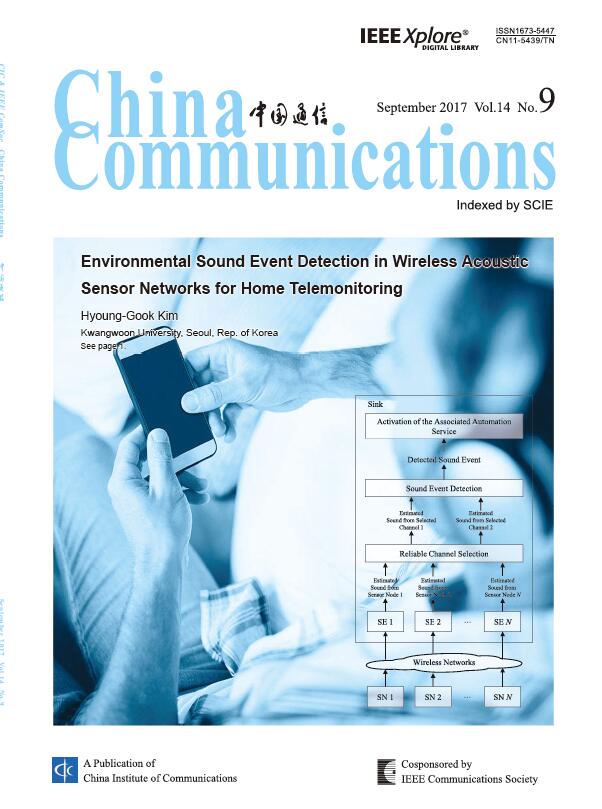Jiyue Liu, Jing Wang, Min Liu, Xiang Xie, Jingming Kuang
2017, 14(9): 42-51.
With the development of multichannel audio systems, corresponding audio quality assessment techniques, especially the objective prediction models, have received increasing attention. Existing methods, such as PEAQ (Perceptual Evaluation of Audio Quality) recommended by ITU, usually lead to poor results when assessing multichannel audio, which have little correlation with subjective scores. In this paper, a novel two-layer model based on Multiple Linear Regression (MLR) and Neural Network (NN) is proposed.Through the first layer, two indicators of multichannel audio, Audio Quality Score (AQS)
and Spatial Perception Score (SPS) are derived,and through the second layer the overall score is output. The final results show that this model can not only improve the correlation with the subjective test score by 30.7% and decrease the Root Mean Square Error (RMSE) by 44.6%, but also add two new indicators:AQS and SPS, which can help reflect the multichannel audio quality more clearly.
